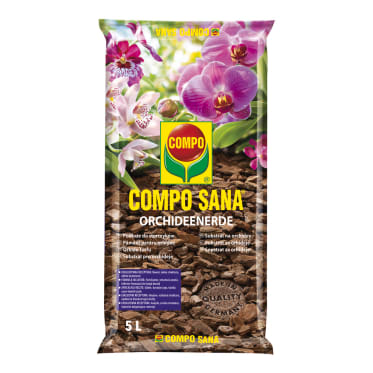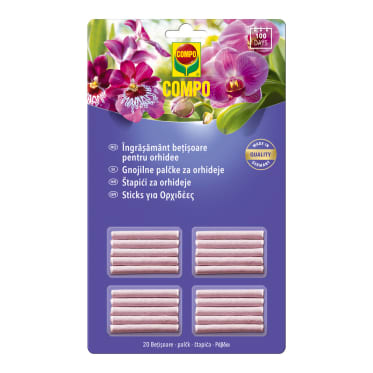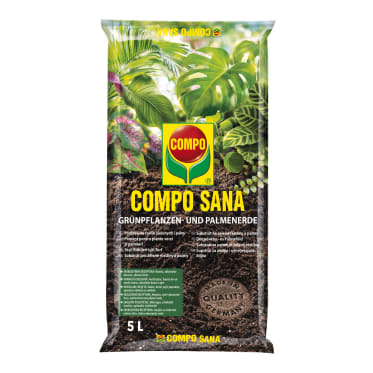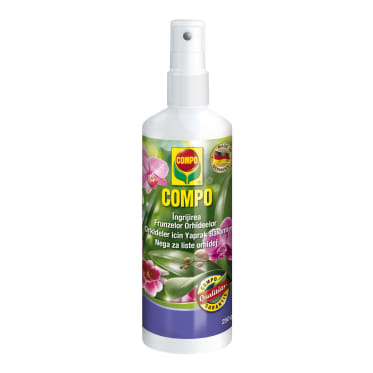Frequent search terms
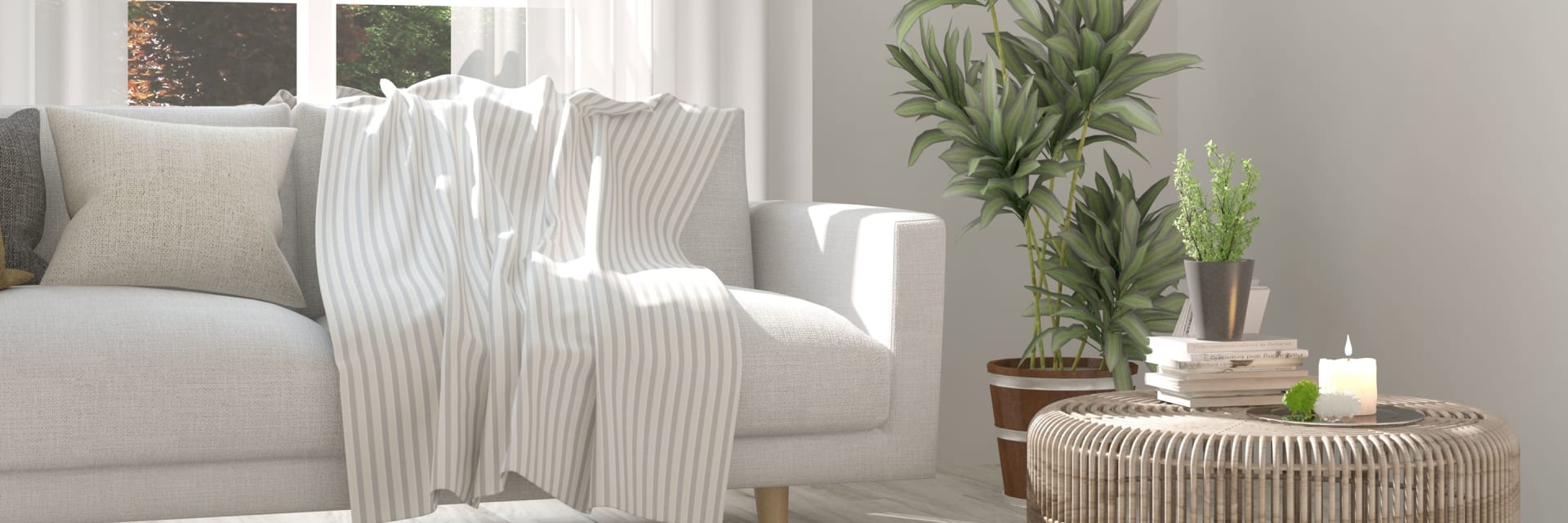
- COMPO
- Guide
- Plant Care
- Indoor plants
- Well positioned: Indoor plants for all locations
Well positioned: Houseplants for all locations
Light, air, temperature: Houseplants place very different demands on their location. There are a few things to keep in mind to make sure that your green roommates feel at home. We explain how to overcome the five main challenges associated with living with plants and which specimens can brave warm air from heating, cold hallways, dark corners of the living room and humid bathrooms.
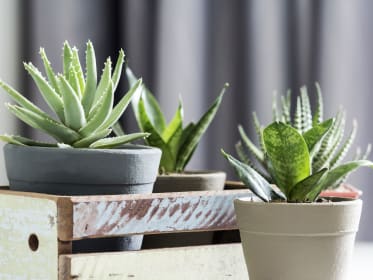
Challenge 1: Corners with little light
Most plants, particularly exotic flowering plants from tropical regions, need a lot of light. But almost every flat has dark rooms or locations away from windows. Too little light poses the risk of etiolation for plants that love light. Although the shoots quickly grow very tall, they are not particularly strong. Due to its quick growth, the plant tries to harness alternative light sources because it doesn't have enough light for photosynthesis.
Yet greenery can also be added to darker locations, e.g. with plants that originate from dense woodland. But plants can't survive without any light at all. Even with suitable candidates, the plant sometimes doesn't develop as ideally as it would with more light, depending on the available light.
Plants that are very well suited to dark rooms: Aspidistra, Zanzibar gem, Devil's ivy, Sansevieria, spider plant, baby's tears, Kalanoche, Chinese evergreens, dracaena, philodendron and peace lilies.

Challenge 2: Dry air from heating
Dry air from heating is not only bad for us humans, plants often also have to grapple with dry, warm air in the winter. With that in mind, you should choose plants suitable for rooms that are heated a lot. It also helps to regularly spray the plants with water or you could alternatively install a humidifier.
Pots directly above radiators can dry out quite quickly. So, be sure to monitor their water supply carefully. The development of brown or black spots on the tips of a leaf is one sign that a location is too warm or dry. Dry air also encourages pests such as spider mites that can multiply dramatically in warm conditions. So, inspect your green treasures for infestation!
Cactuses and succulents, money trees, Christmas cactus and Schefflera are best suited to heated rooms.
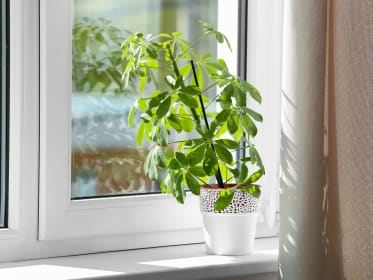
Challenge 3: Cold windowsills
Plants placed on cold surfaces such as a windowsill made from stone or marble are prone to the opposite problem: They quickly get cold feet. In this case, it helps to place wooden discs or planks, tablets or non-woven material under the pots. It is better to choose another location from the start for very sensitive plants.
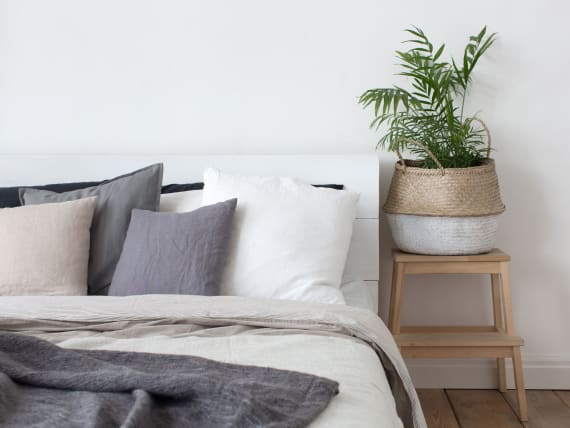
Challenge 4: Cool areas such as hallways and bedrooms
Depending on personal heating habits, hallways are usually not heated and bedrooms are also often cooler. Carefully selected plants that prefer lower temperatures are suitable for these rooms. But make sure that it doesn't get too frosty for your green roommates and they can still get enough light. The following also applies: The less light there is, the colder it gets and the less often plants need to be watered.
Similarly, many green lodgers don't tolerate draughts very well. The fig tree reacts by shedding leaves. Simply use a burning match near the location to see if there is a draught. Experience has shown that plants that are too cold show this with yellow leaf tips or falling leaves.
Fern, azalea, Norfolk Island pine and spider plant also appreciate cool areas of a flat.
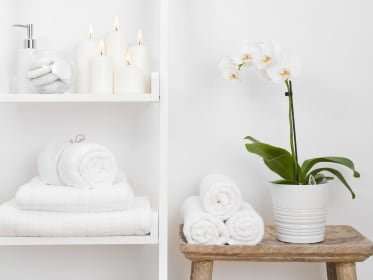
Challenge 5: Bathrooms with high humidity
Bathrooms often have high humidity levels. If you always keep temperatures at a similar level and there is enough light, orchids can feel right at home. Fern, Sansevieria and peace lilies do well with little light, but they need high humidity and are well suited to dark bathrooms.
Orchid, fern, Sansevieria and peace lilies prefer tropical air conditions.
Suitable products for your houseplants


